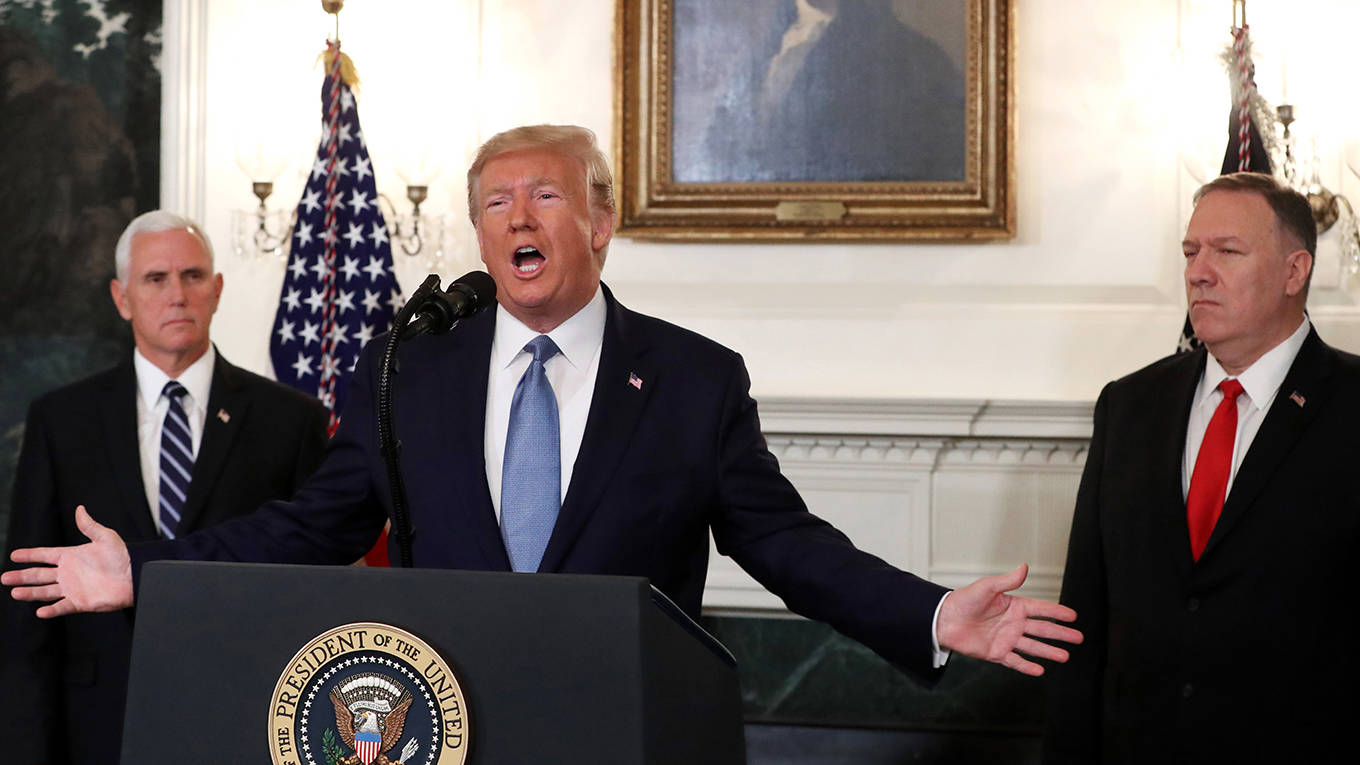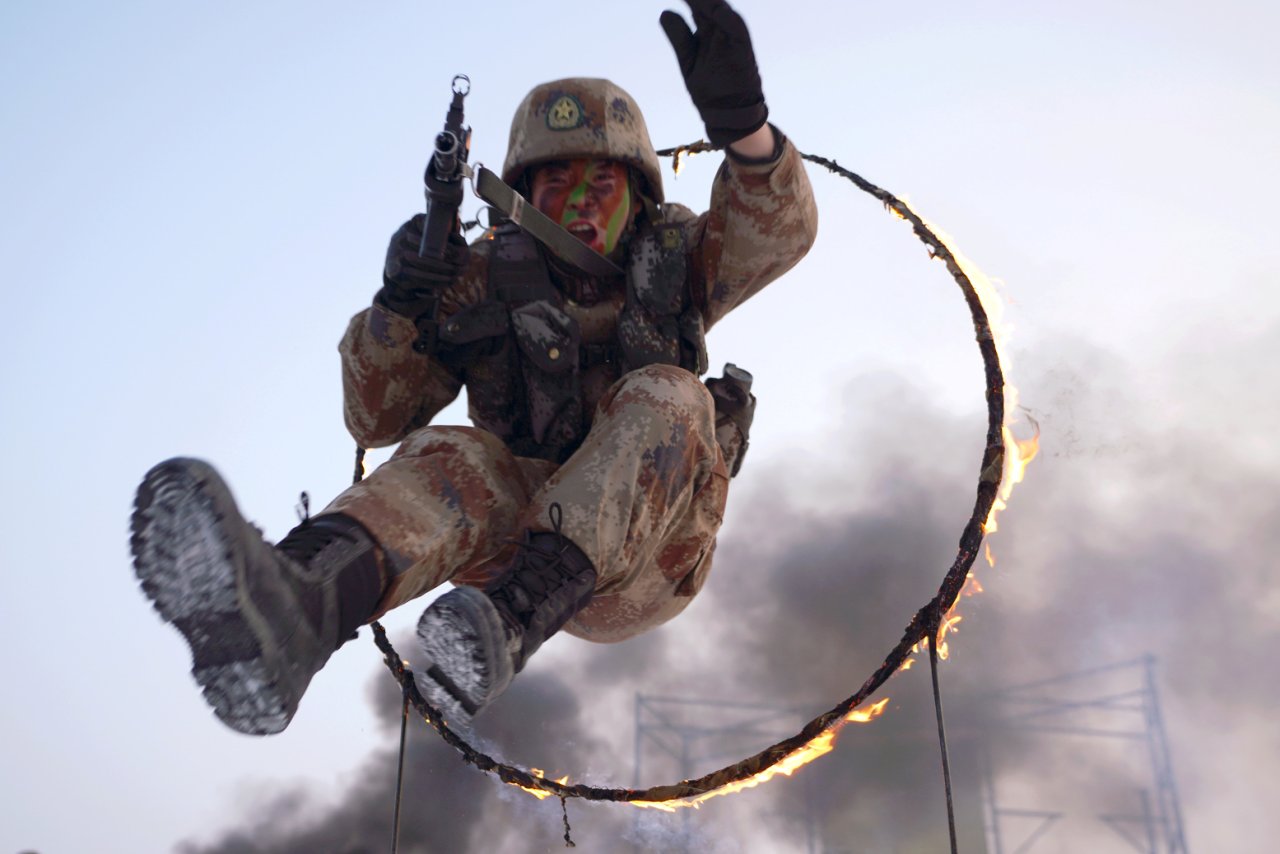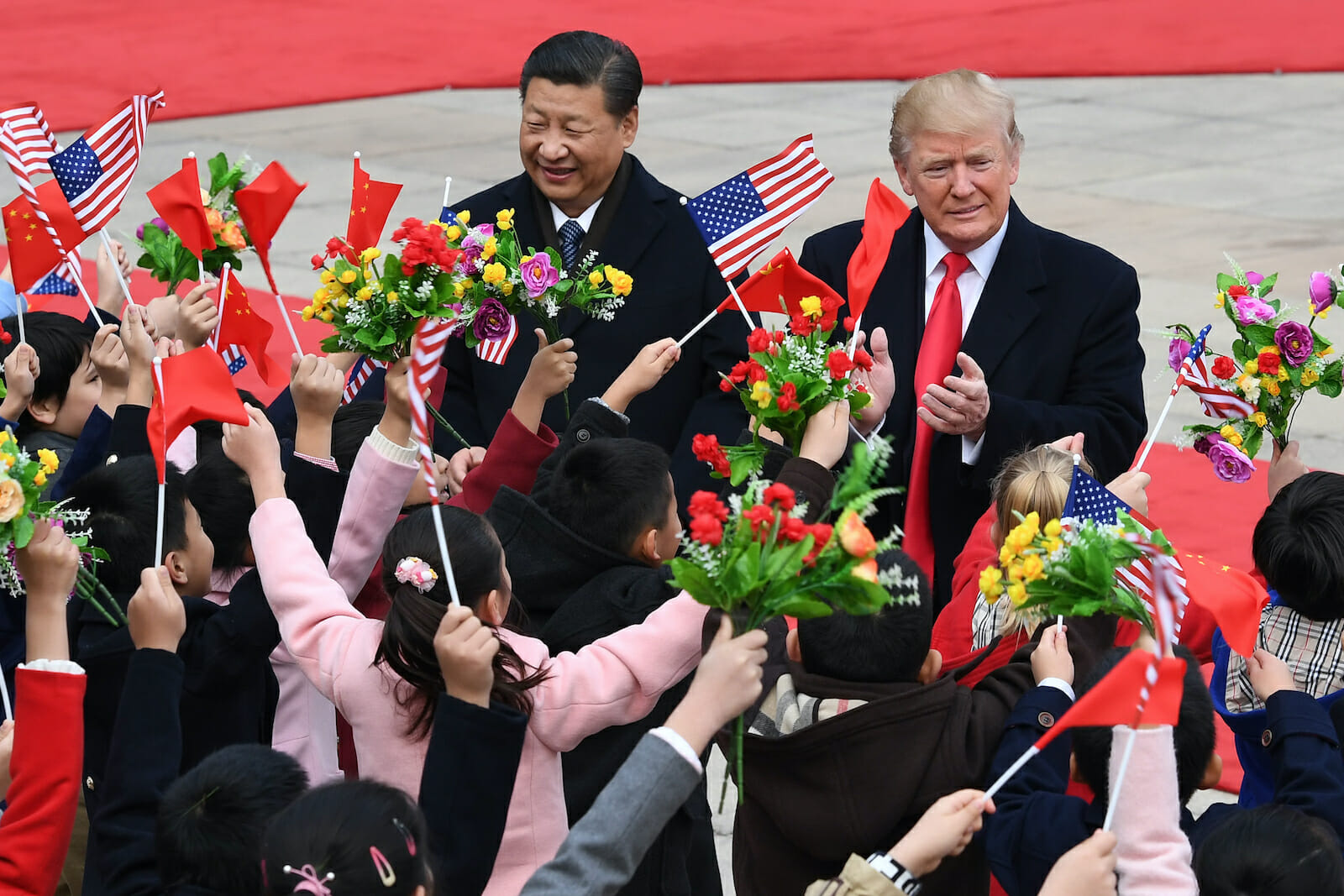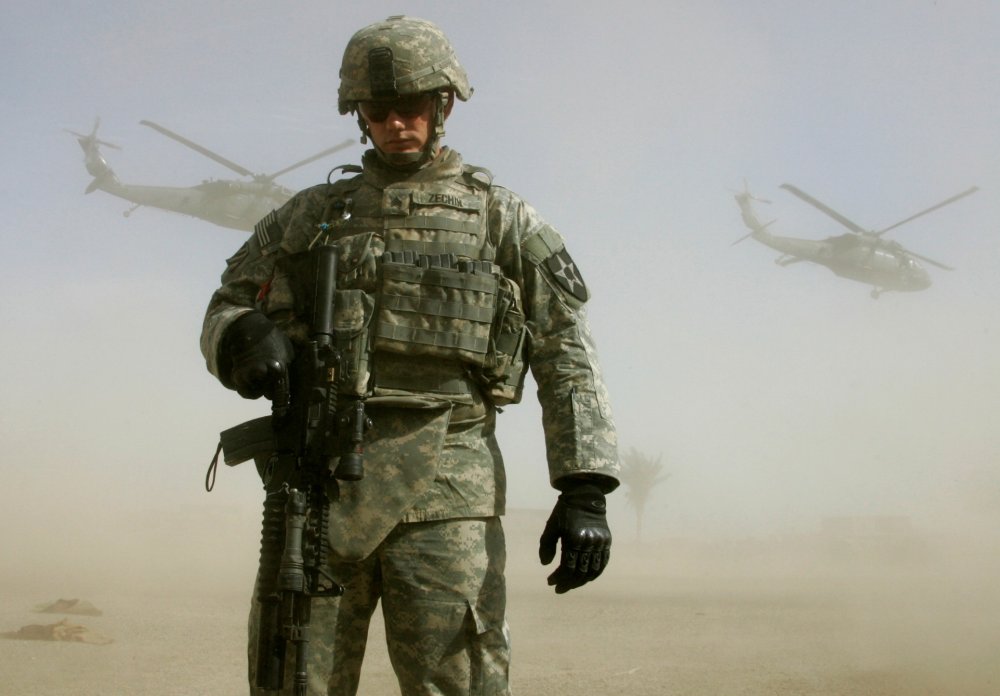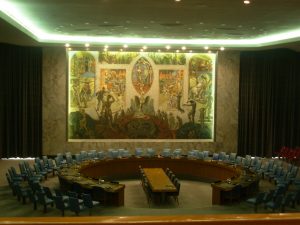By Evan Osnos
Last fall, to celebrate the seventieth birthday of the People’s Republic of China, the government planned the largest military parade and “mass pageant” in Beijing’s history. On October 1st, more than a hundred thousand performers and soldiers mustered downtown, forming waves of color that stretched from voguish skyscrapers in the east to the squat pavilions of the Forbidden City.
At ten o’clock, artillery blasted a fifty-six-gun salute, as President Xi Jinping watched from a high balcony overlooking Tiananmen Square, known to the outside world as the site of a student-led uprising that was crushed in 1989. (In China’s official history, the movement and the crackdown have been reduced to a footnote.) Xi is sixty-six years old, with a full, reddish face, neatly combed hair, and an expression of patient immovability. Since taking office, in 2012, he has redoubled political repression and suspended term limits on the Presidency, so he will run the country for as long as he chooses. For this occasion, instead of his usual Western attire, he wore a black Mao suit. “On this spot, seventy years ago, Comrade Mao Zedong solemnly declared to the world the establishment of the People’s Republic of China,” he said. “That great event thoroughly transformed China’s tragic fate, ending more than a century of poverty, weakness, and bullying.”

